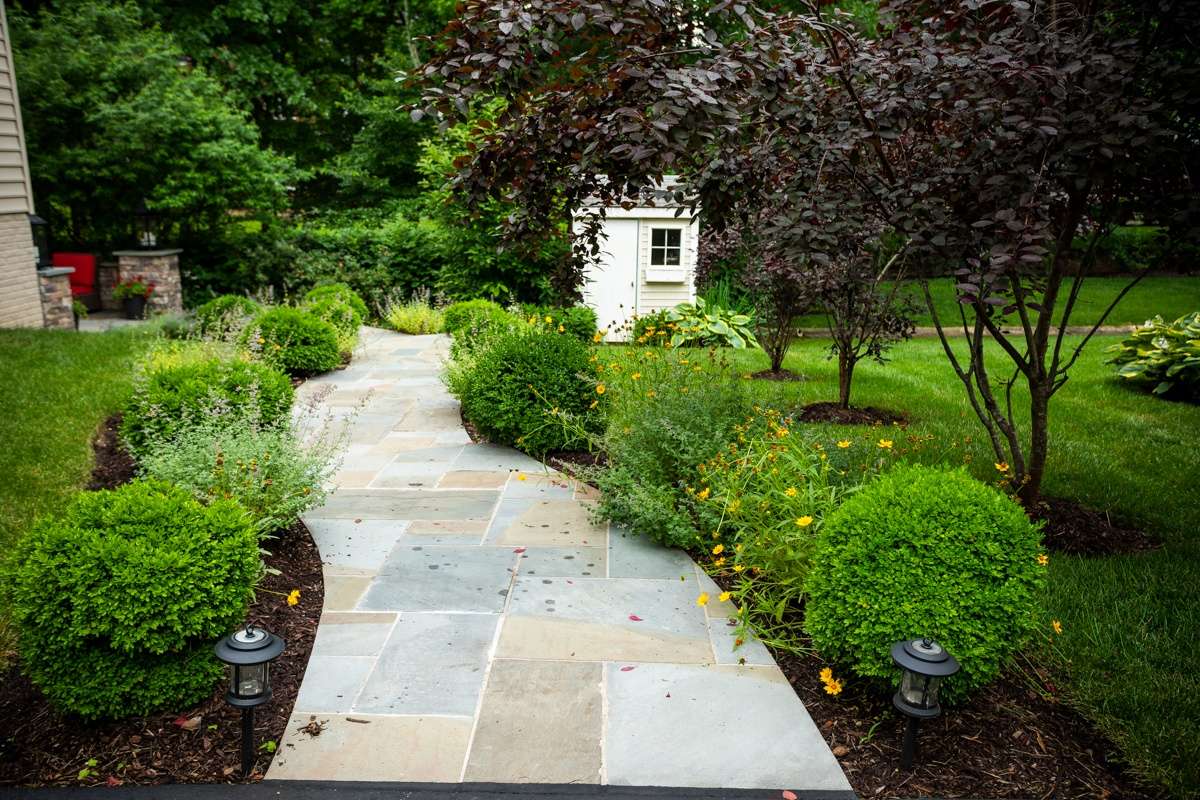Shrubs and trees are one of your property’s greatest assets. They provide such a wide range of benefits that you hope to enjoy for many years to come. But if you’re facing any sort of problems with a shrub or tree on your property, you might be full of questions and concern.
-
Is my tree sick?
-
Will my shrub grow back?
-
Can my tree be revived?
You want answers to your questions and you’re feeling worried. The last thing that you want is to lose a shrub or tree to a problem that could have been prevented.
Getting to the bottom of your shrub or tree problems will mean asking some important questions. Just like a detective, you’ll need to perform some sleuthing to determine if your shrub or tree can be saved.
Here are 10 questions to help you figure it out if your shrub or tree can be revived.
1. What kind of shrub or tree do I have?
In order to go any further with making a diagnosis, you have to know what kind of plants you actually have. This is important information as shrub and tree problems will affect various species differently.

There are different ways to identify shrubs and trees including by leaves, bark, flowers, and fruit. A professional would also be able to tell you what type of tree that you have if they’re already visiting your property.
2. What does a plant scratch test reveal?
Are you trying to figure out if your tree is dead? If so, you can perform a simple scratch test. Just beneath the outer bark of the shrub or tree’s trunk is a “cambium layer.”
In a living shrub or tree, this is green. In a dead plant, this is brown and dry. If you don’t see a layer of green beneath the outside bark, it’s possible that your tree is beyond repair.
3. How long has the shrub or tree been there?
Is this a brand-new plant, or one that has been there for many years? The age of the shrub or tree will help in the process of determining what is wrong with the plant and how serious the problem is.
4. Who planted the shrub or tree?
The installation of your shrub or tree can make a world of difference in its overall performance. Different species have different requirements in terms of planting depth, location, zone, and even proximity to other plants.
If it was not planted properly in the first place, this could be the cause behind its problems. Unfortunately, if a shrub or tree is simply in a poor location, the best course of action might be removal and replacement with something better suited to the area.
5. What signs or symptoms are you seeing?
Identifying the symptoms of a sick tree or shrub will help determine if the plant can be revived. There are many different symptoms that can present when a shrub or tree is sick. Taking note of the various signs or symptoms that you’re noticing can help in the quest of figuring out what’s wrong.

Some potential symptoms of a shrub or tree problem include (but is not limited to) lesions, discoloration, thinning, leaf deformation, root rot, and overall decline, among others.
6. Has anything happened in the last few years that may have caused this?
Are the symptoms that you’re noticing new or have they been ongoing? Has there been some sort of change that could have started causing problems?
For instance, have you had a sudden influx of water to the area for some reason? Thinking through any changes that might have occurred is another step toward diagnosing your tree or shrub problem.

7. How did the shrub or tree damage progress?
In addition to paying attention to the symptoms that your shrub or tree experienced, you’ll also want to pay attention to how those symptoms progressed as this can be telling information that might distinguish one problem from another.
Unfortunately, if the damage has progressed far enough you might be wondering if your tree is dead. If it’s too far gone, it’s possible it can’t be saved. If that’s the case, an honest plant health care professional will suggest that replacing the tree is your best option rather than throwing money at something which can’t be saved.
8. Are there common issues with this plant species?
Certain shrubs and trees are prone to certain types of health problems. That’s why knowing what’s commonly wrong with the type of shrub or tree you have (again, going back to question 1, you need to know the shrub/tree type) can really speed up the diagnosing process. A lot of shrub and tree problems are highly predictable to a plant health care professional.
9. Have you noticed these issues on any other trees and shrubs?
Looking at the surrounding trees and shrubs can also clue you in on some important information such as contributing environmental factors. If different species are all being impacted with the same symptoms, it may not be a specific pest or disease that’s the problem since most of these issues have limited host ranges.
Different species suffering from the same symptoms may be due to an environmental concern that all of your trees are facing.
10. Did anyone try to remedy this and what did they do?
As you close in on answers, it’s important to share whether any solutions have already been put into action. Unfortunately, sometimes when the wrong “treatment” is applied, it can actually make an existing problem worse. The proper remedy is critical.
That’s why shrub and tree problems really call for a pro.

A well-trained professional will know everything from how to properly diagnose the tree or shrub to how to implement an effective treatment plan. However, be advised that this is not something that every company will know how to do. This is why it’s so important to work with a company that has knowledgeable tree care professionals on staff—a company that really knows its stuff.
Oftentimes, many of these problems can be prevented in the first place by being part of a plant health care program that helps protect your trees and shrubs against insects, diseases, and even environmental stressors.
If you have ornamental trees and shrubs under 20 ft. in height, our Plant Health Care technicians would love to help you. If your trees are over that size, we advise that you call a tree service, as they have equipment that can reach taller trees.
The bottom line? With the right professional and the right program, you won’t have to be worrying can my tree be saved, because you’ll have the confidence that your shrubs and trees are in good hands and you’ll always be steered in the right direction.
While there will be times a shrub or tree can’t be saved due to problems like improper planting, you can count on honest answers and improved future health once you have a true professional handling your landscape worries.
Do you want to work with a landscaping company in Alexandria, Arlington, or Springfield, VA that has extensive plant knowledge and can give you some guidance on your shrub and tree problems? Then request your quote for our comprehensive Plant Health Care program, and relax as you get the royal treatment.







